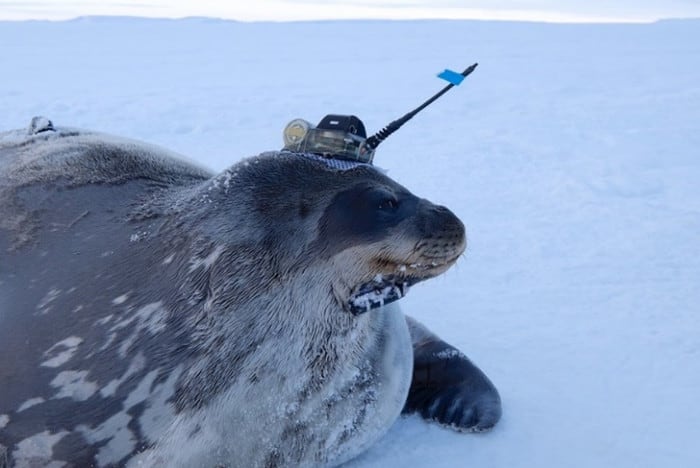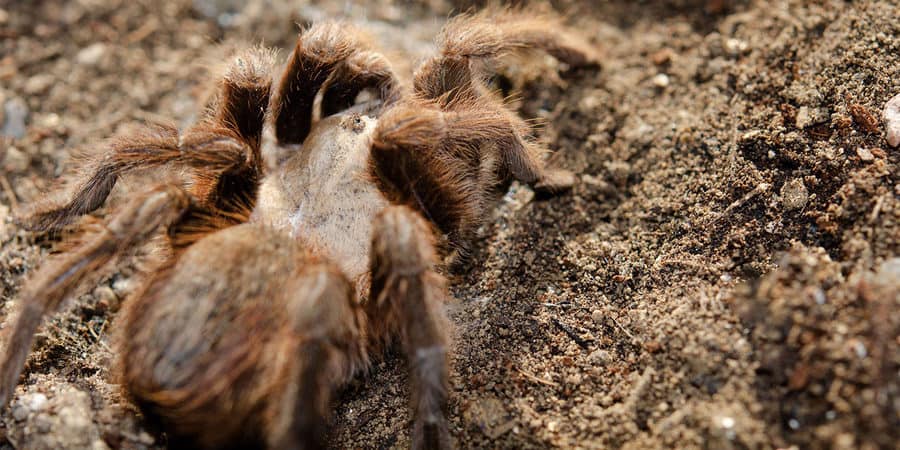

Greying apparitions
scurry silently
down hirsute paths,
nestled amongst
the cloying warmth
of flaking skin.
Their crude cement
seeps
across the contours
of our ancient scalps,
fixing oval shells
between seams
of folded flesh
and swaying stalks.
In search of lives
once lived
we comb through
fraying manes,
our past preserved
in bonds more fierce
than bone
or tooth
or claw.
Tenderly we run
fingers through hair,
tracing histories
to the withered stem
of every root.

This poem is inspired by recent research, which has found that head lice can help us to analyse the remains of our ancestors.
When examining the DNA of our ancestors, scientists have tended to extract samples from the dense bone of the skull or from inside teeth. However, these are not always available, and it can be unethical or against cultural beliefs to take these samples from indigenous early remains. Such destructive sampling methods also cause severe damage to the specimens that can compromise future scientific analysis. As such, it is necessary to develop alternative techniques that enable us to analyse the remains of our ancestors in a less invasive manner. In this new study, researchers have demonstrated how head lice and their eggs can be used to provide a potential solution to this problem.
Head lice are tiny insects that live in hair, and nits are the empty egg cases attached to hair that head lice hatch from. Most ancient humans carried head lice, and their nits can often be found in historical hair specimens. In this new study, researchers found that human DNA can be extracted from the ‘cement’ that head lice used to glue nits to human hairs. By examining this nit-cement from a number of mummified remains the researchers were able to show that it contained the same concentration of DNA as a tooth, and twice as much as from a bone. Some of the mummies that were examined in this study came from Calingasta, a region from the province of San Juan in Argentina, and by comparing their nit-cement-extracted DNA to samples from other specimens, the researchers were able to show that the original peoples of Calingasta migrated from Amazonia about 2,000 years ago, a journey of over 5,000 km. The results from this study thereby demonstrate that this nit-cement can be used to enable more samples to be studied from human remains, especially in cases where bone and tooth samples are unavailable.
from ScienceBlog.com https://ift.tt/3eJxZcE




























